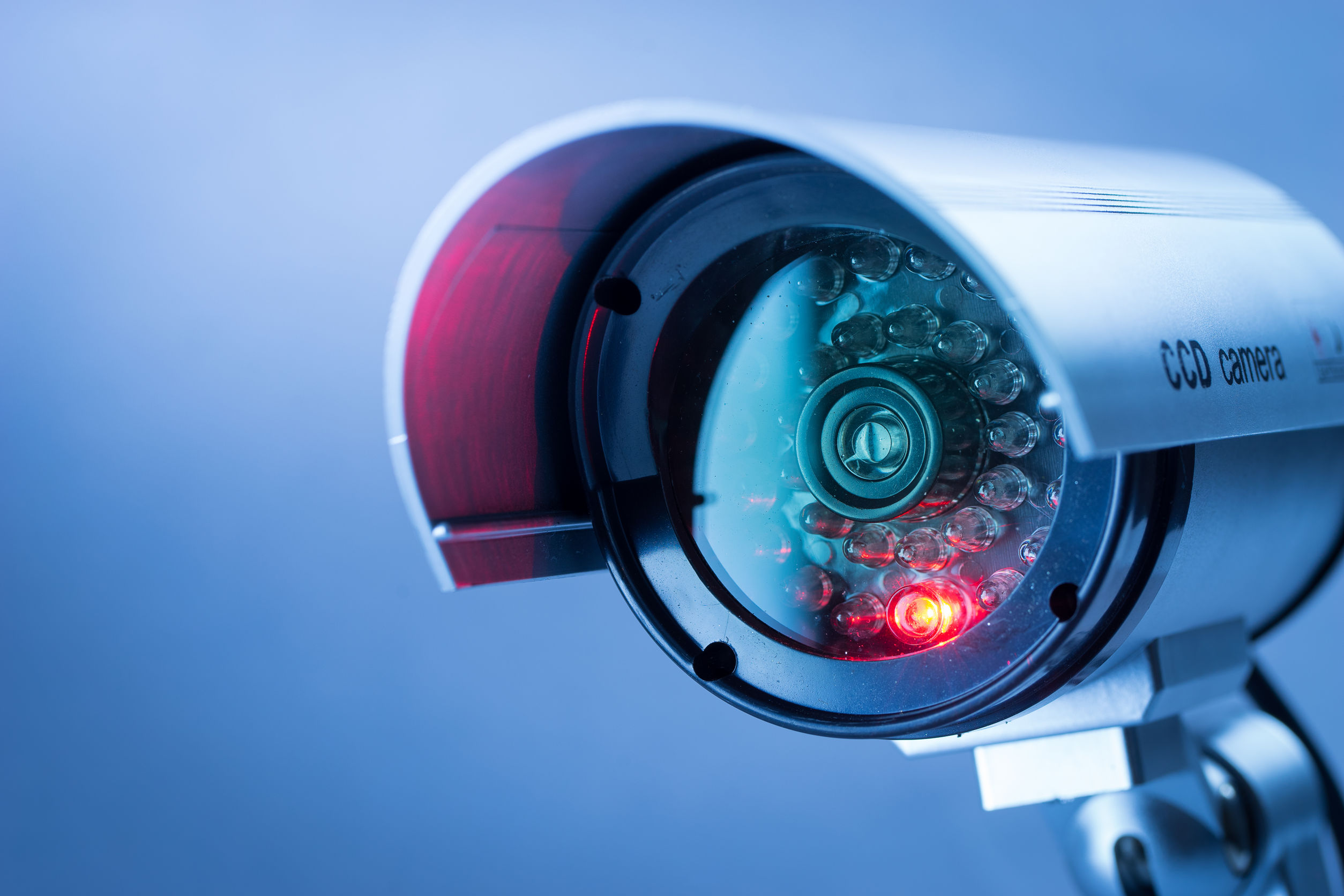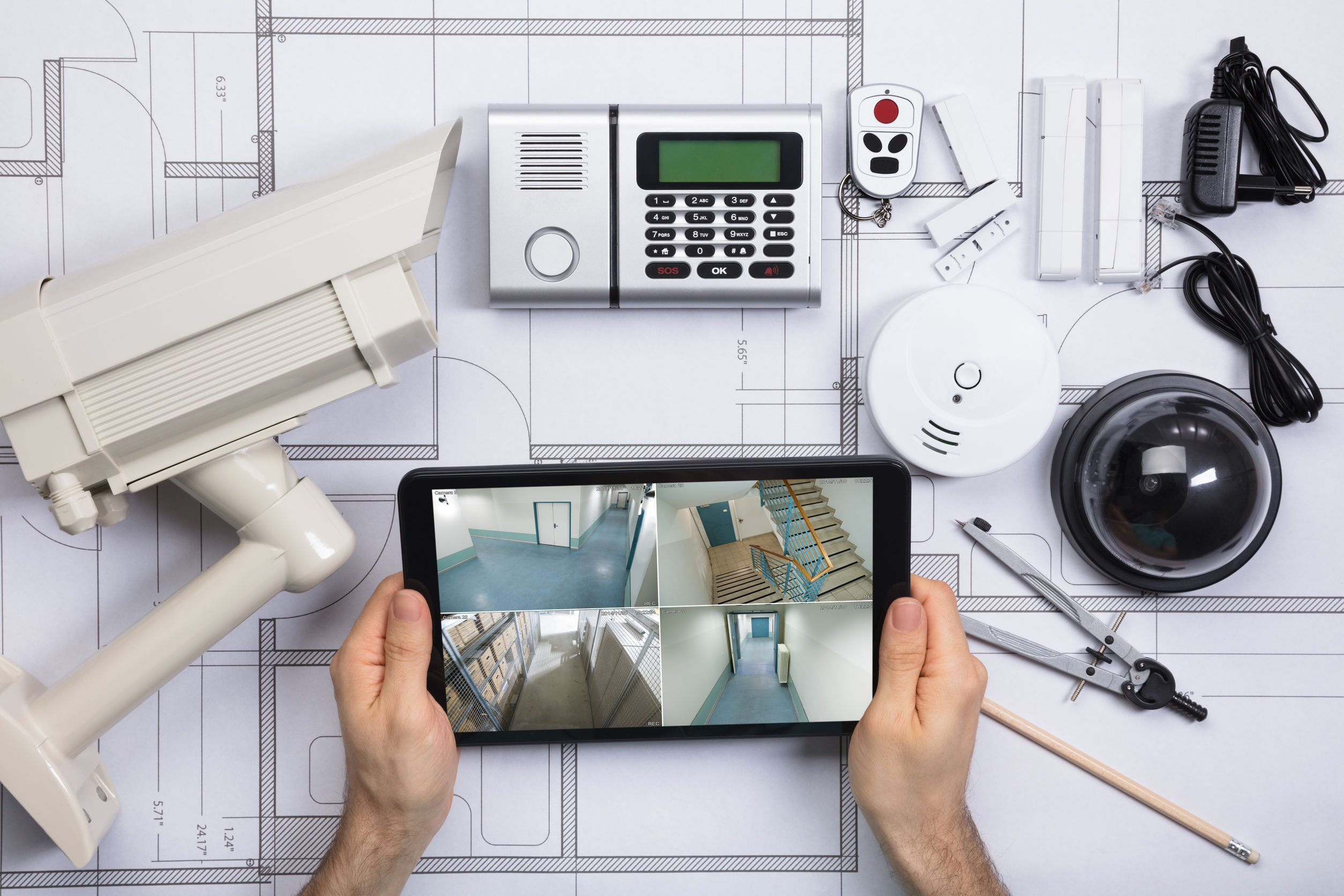Frequently Asked Questions
To maximize coverage in an office environment, strategic camera placements are essential for ensuring comprehensive surveillance and security. Positioning cameras at key entry points, such as main entrances and emergency exits, allows for effective monitoring of foot traffic and unauthorized access. Additionally, installing cameras in high-traffic areas like reception desks, hallways, and break rooms enhances visibility of employee interactions and potential incidents. Overhead placements in open-plan spaces can capture a wide field of view, while corner-mounted cameras can eliminate blind spots and provide a panoramic perspective of the workspace. Furthermore, integrating PTZ (pan-tilt-zoom) cameras in critical zones enables dynamic tracking of movement, while fixed cameras can be utilized in conference rooms to document meetings and ensure compliance. Utilizing a combination of indoor and outdoor cameras, along with appropriate lighting considerations, further optimizes the overall surveillance strategy, ensuring that all areas, including parking lots and loading docks, are adequately monitored for safety and security.
CCTV systems play a crucial role in monitoring employee productivity and behavior within the workplace by providing real-time surveillance and comprehensive visual documentation of daily activities. These advanced security cameras, equipped with high-definition imaging and motion detection capabilities, enable management to assess employee engagement levels, workflow efficiency, and adherence to company policies. By analyzing footage, supervisors can identify patterns of behavior, such as attendance issues, time management discrepancies, and collaboration dynamics among team members. Furthermore, the presence of CCTV can act as a deterrent against misconduct, fostering a culture of accountability and professionalism. The integration of video analytics software enhances this monitoring process by offering insights into peak productivity times, employee interactions, and even ergonomic assessments, ultimately contributing to improved operational efficiency and a more harmonious work environment.
When installing CCTV in the workplace, employers must navigate a complex landscape of legal considerations, including compliance with data protection laws, privacy regulations, and employee consent requirements. The General Data Protection Regulation (GDPR) mandates that organizations conduct a Data Protection Impact Assessment (DPIA) to evaluate the necessity and proportionality of surveillance measures, ensuring that the collection of personal data is justified and limited to specific purposes, such as enhancing security or preventing theft. Additionally, employers are required to inform employees about the presence of surveillance cameras, the scope of monitoring, and the retention period for recorded footage, thereby fostering transparency and trust. Furthermore, considerations regarding the placement of cameras are crucial; they should not intrude on areas where employees have a reasonable expectation of privacy, such as restrooms or break rooms. Failure to adhere to these legal frameworks can result in significant penalties, including fines and reputational damage, underscoring the importance of a well-defined CCTV policy that aligns with both legal obligations and ethical standards in the workplace.
When evaluating the effectiveness of various types of CCTV cameras for office security, it is essential to consider the unique features and applications of dome, bullet, and PTZ (pan-tilt-zoom) cameras. Dome cameras, often favored for their discreet design and vandal-resistant housing, provide a wide-angle view, making them ideal for monitoring large areas such as reception areas and open office spaces. Their low-profile appearance can deter potential intruders, enhancing overall security. Bullet cameras, characterized by their elongated shape and robust construction, are particularly effective for outdoor surveillance, as they can be easily mounted on walls and are designed to withstand harsh weather conditions. Their focused lens allows for long-range visibility, making them suitable for monitoring entrances and perimeters. In contrast, PTZ cameras offer dynamic surveillance capabilities, allowing security personnel to remotely control the camera's movement, zoom in on specific areas, and track suspicious activities in real-time. This versatility makes PTZ cameras particularly effective in high-traffic areas or locations requiring close monitoring. Ultimately, the choice between dome, bullet, and PTZ cameras depends on the specific security needs of the office environment, including factors such as coverage area, installation location, and the level of detail required for effective surveillance.
Maintaining and managing CCTV footage in compliance with data protection regulations necessitates a comprehensive approach that encompasses data minimization, secure storage, and access control. Organizations must implement stringent retention policies that dictate the duration for which footage is stored, ensuring it aligns with legal requirements and the purpose of surveillance, thereby mitigating risks of data breaches and unauthorized access. Regular audits of CCTV systems should be conducted to assess compliance with the General Data Protection Regulation (GDPR) or other relevant legislation, emphasizing the importance of transparency and accountability in data processing activities. Additionally, employing encryption techniques for stored footage and utilizing secure transmission protocols can safeguard against cyber threats. Access to recorded footage should be restricted to authorized personnel only, with clear documentation of access logs to maintain an audit trail. Furthermore, organizations should provide training for staff on data protection principles and the ethical implications of surveillance, fostering a culture of privacy awareness and responsibility. By adhering to these best practices, organizations can effectively balance the need for security with the imperative of protecting individual privacy rights.

